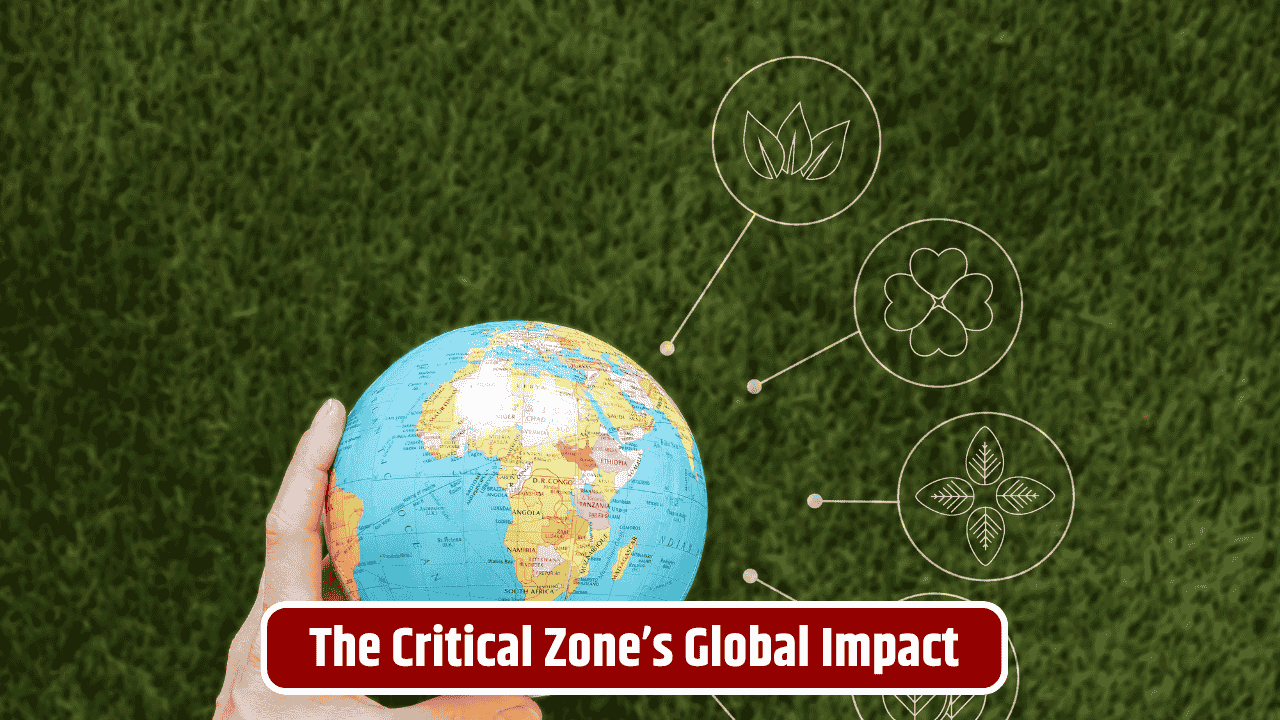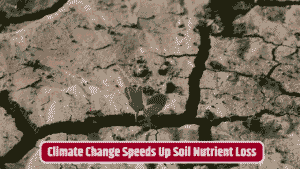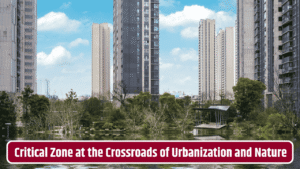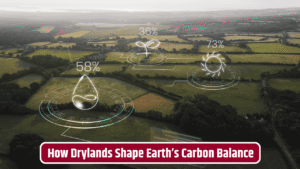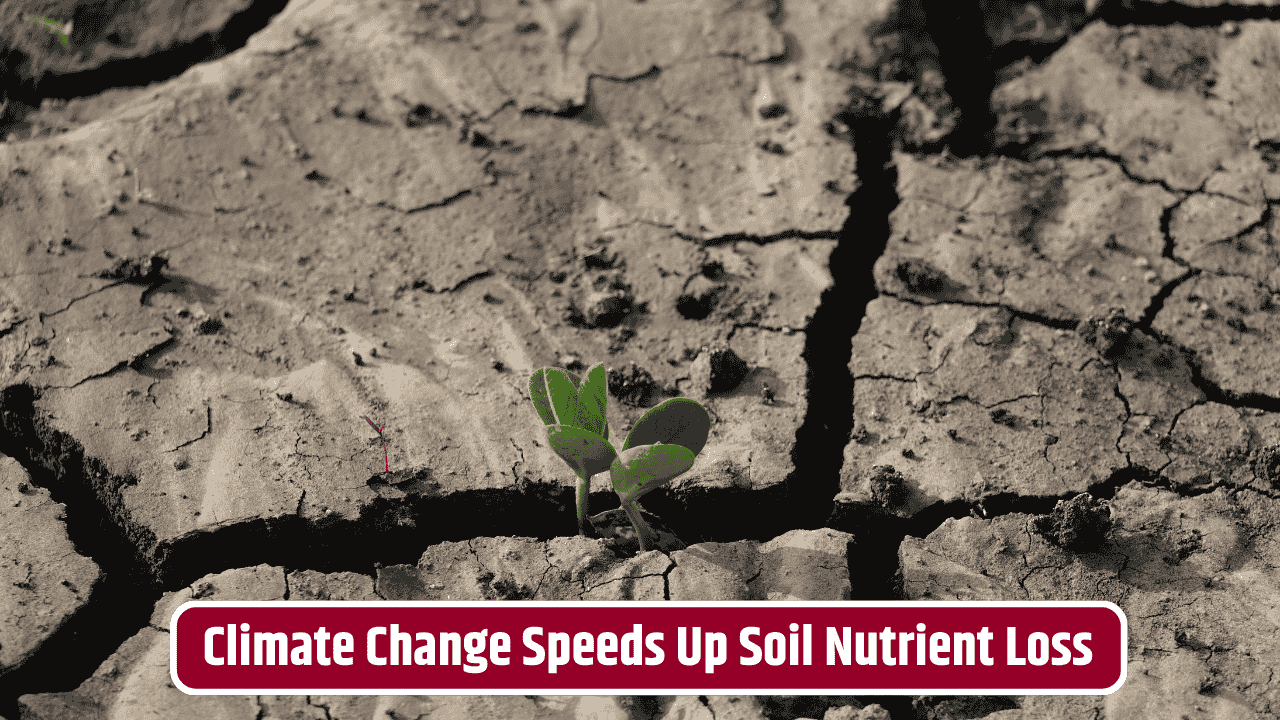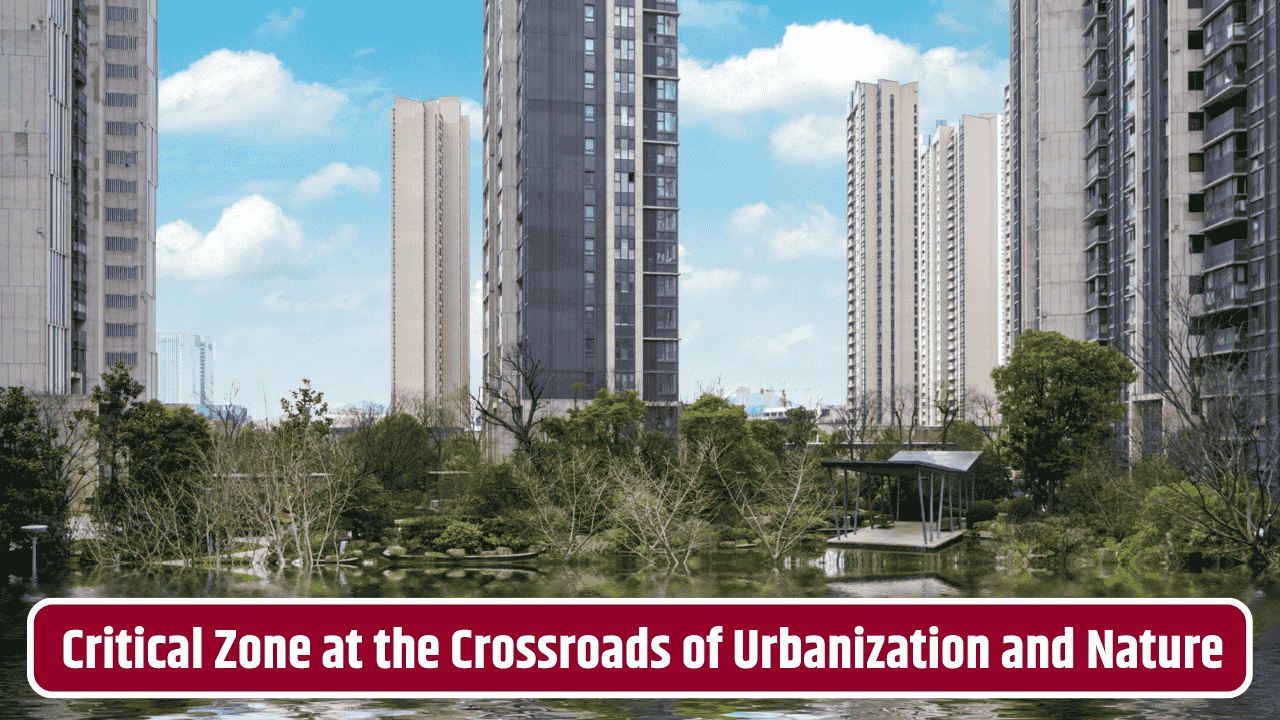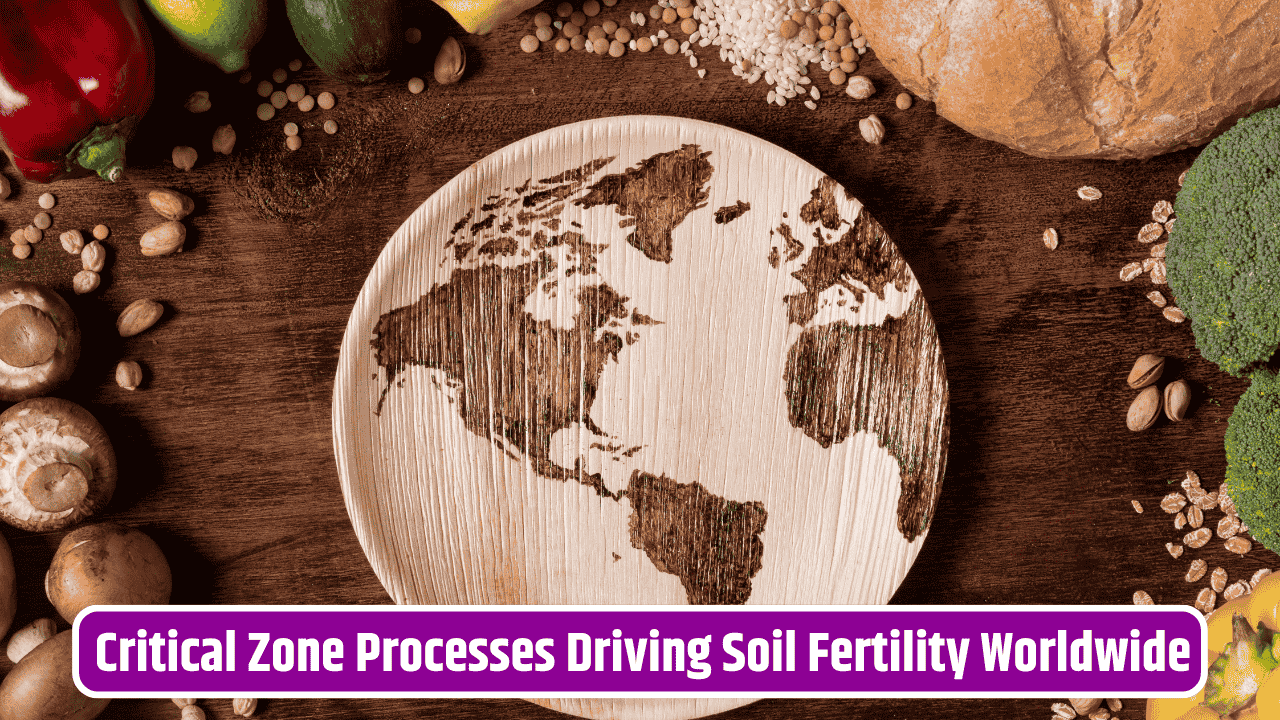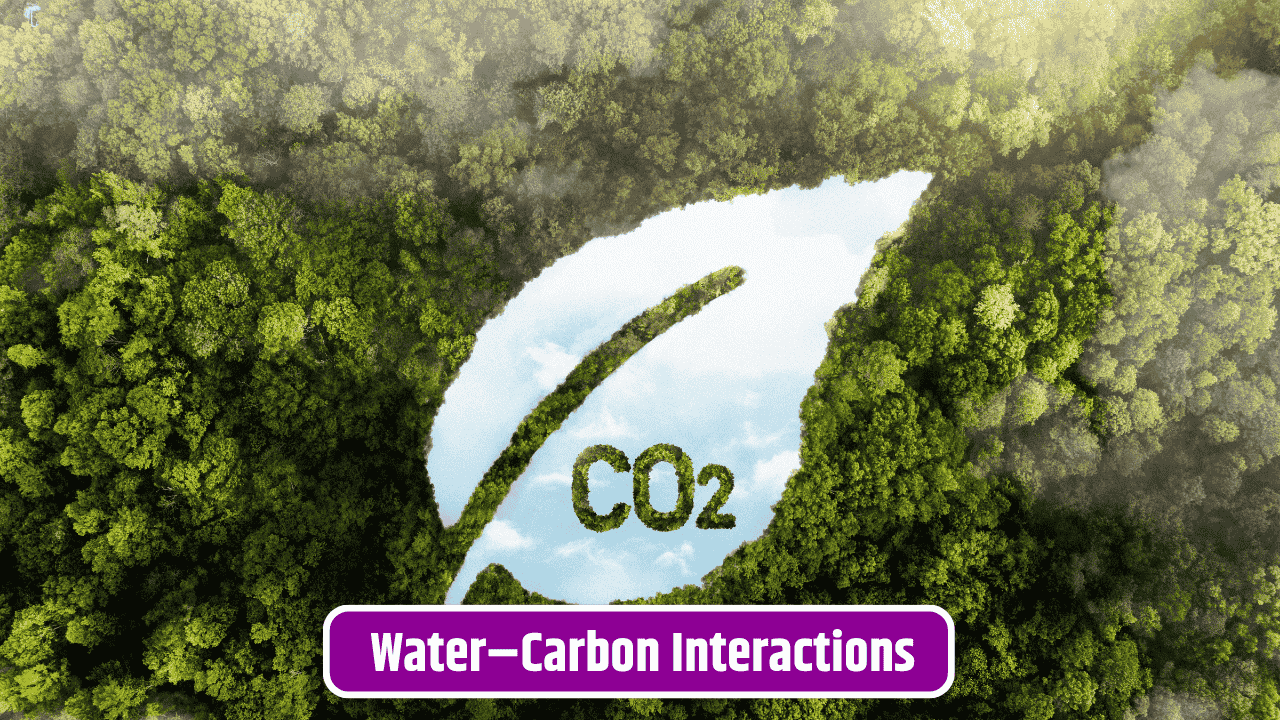Most of us don’t think twice about the thin skin of Earth beneath our feet. We dig, farm, build houses, lay highways—yet the narrow zone between bedrock and sky is where everything that sustains life actually happens. Soil forms there, water moves through it, plants grow, and microbes carry out invisible processes that regulate carbon and nutrients. Scientists call it the Critical Zone, and over the last two decades, it has quietly become one of the most important frameworks for shaping environmental policy worldwide.
Table of Contents
What Exactly Is the Critical Zone?
The term “Critical Zone” was coined to describe Earth’s outer skin—from the tops of trees down through the soil, and all the way to the bottom of the groundwater. It’s not just dirt and rocks; it’s a living, breathing system that links geology, biology, hydrology, and atmosphere. Think of it as the planet’s life-support system.
For years, research was siloed. Soil scientists worked on their patch, hydrologists studied rivers, ecologists looked at forests. Critical Zone science pulls these threads together, helping policymakers see the bigger picture. When the U.S. National Science Foundation launched its network of Critical Zone Observatories (CZOs) in 2007, the idea was to build long-term “field labs” to understand how human activity was altering this delicate balance. The concept spread fast—today you’ll find CZOs and similar initiatives in Europe, China, and Africa.
How It’s Influencing Policy
Environmental policy used to react to crises—dead rivers, collapsing farms, polluted air. Critical Zone science flips that around, providing governments with predictive insights. For example, by studying how soil chemistry changes under different land uses, scientists can forecast long-term food security risks. That has informed sustainable farming policies in places like the European Union’s Common Agricultural Policy.
In China, massive investments in Critical Zone research are tied to reforestation and soil conservation programs that aim to prevent another “Dust Bowl”–style disaster. In the U.S., findings from CZOs have influenced everything from groundwater management in drought-prone states to carbon accounting in climate policy (see USGS reports on soil and water resources).
Here’s a quick look at where Critical Zone science is already shaping decisions:
| Region | Policy Influence | Example Program |
|---|---|---|
| U.S. | Water conservation, carbon monitoring | NSF Critical Zone Observatories, USDA soil health initiatives |
| EU | Sustainable agriculture, soil protection | Common Agricultural Policy, EU Soil Strategy for 2030 |
| China | Reforestation, erosion control | Loess Plateau restoration projects |
| Africa | Food security, desertification prevention | African Soil Information Service, Great Green Wall project |
Why Governments Care So Much
The reason policymakers are paying attention is simple: economies run on ecosystems. Without healthy soil, you lose food. Without clean groundwater, you lose drinking water and agriculture. And without stable carbon cycling, you fuel climate instability. Critical Zone research provides the data that helps governments balance short-term growth with long-term sustainability.
Take climate change. Carbon storage in soils is still one of the least understood—and most powerful—buffers against rising greenhouse gases. By mapping how different soils release or absorb carbon, scientists can advise whether a region should prioritize conservation, restoration, or farming innovation.
The Global Push for a “Critical Zone Lens”
Internationally, organizations like the United Nations Environment Programme and the IPCC are now drawing on Critical Zone science to frame sustainability targets. The push is for countries to look at environmental policy not as isolated pieces—air, water, soil—but as an interconnected system. That’s a big shift in thinking, and it’s one reason the EU recently introduced stricter soil health monitoring requirements under its Soil Strategy.
The Challenges Ahead
Of course, the science is messy. Measuring processes that span decades—like how soil slowly loses nutrients under intensive farming—isn’t easy. Politicians also prefer quick wins, while Critical Zone work often calls for patience and long-term planning. And then there’s the funding issue: long-term observatories aren’t cheap, and budget cuts have already shut down some U.S. sites.
Still, the trajectory is clear. As environmental crises pile up—wildfires, megadroughts, biodiversity loss—Critical Zone science offers a kind of “connective tissue” for solutions. Instead of fighting problems one at a time, it helps governments design policies that actually work with Earth’s natural systems.
FAQs
What is the Critical Zone in simple terms?
It’s the thin layer of Earth from tree canopy to groundwater where life interacts with soil, water, and atmosphere.
Why is it important for policy?
Because it connects food, water, and climate systems, helping governments make sustainable choices.
Where are Critical Zone Observatories located?
They exist in the U.S., Europe, China, and Africa, with each site focusing on local challenges.
How does this research affect ordinary people?
Policies on farming, water use, and even climate adaptation are increasingly shaped by Critical Zone data.
is this field still growing?
Yes. Even as some U.S. funding wanes, global investment is expanding, especially in China and the EU.

